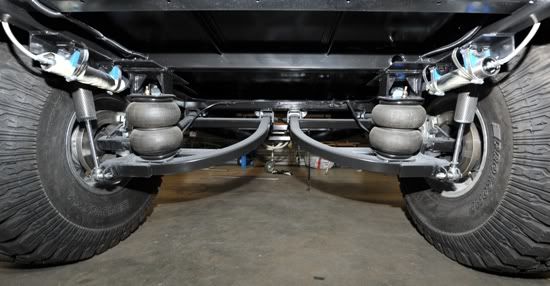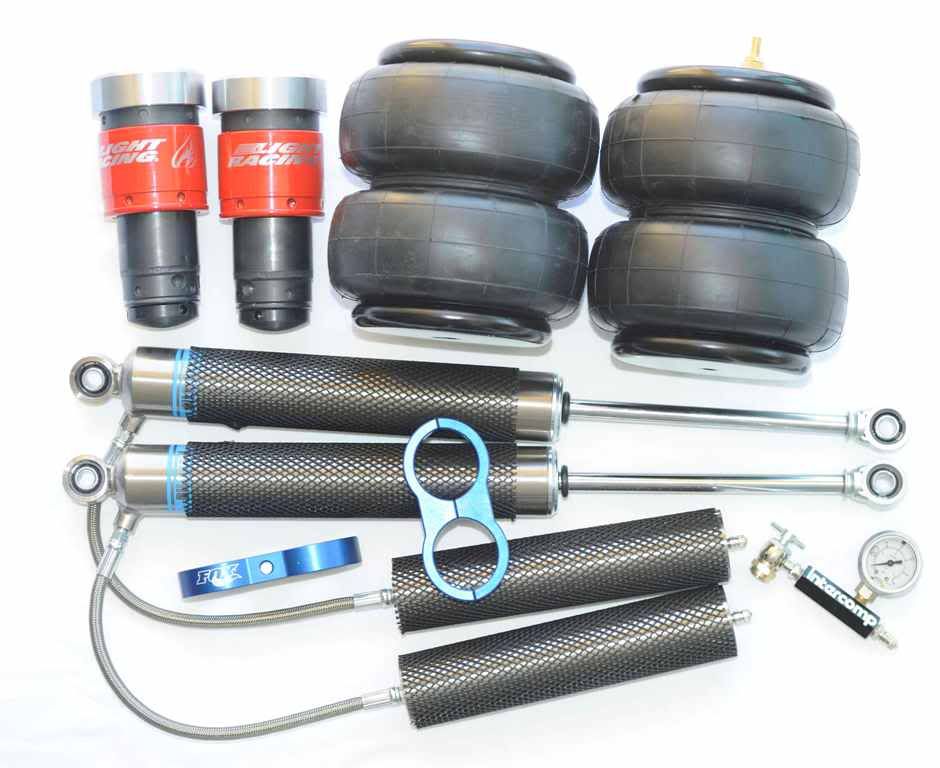We do steam power generation, typically co-gen.
We also do air exposed high pressure welds as well as shielded welds. Stainless, aluminum, they need sheilding, but not carbon steel. When our guys do shielded welds they don't use nitrogen though, they use helium, which can be stored at ambient temps. The sheilding is to prevent oxygen from fueling burn.
I think using nitrogen lowers temp differential by limiting the heat to a very small area and not allowing the larger "body" of the pipe or pressure vessel to get hot, or even warm, to prevent warping. Think of it this way: Everything is close to the temp of the liquid nitrogen, except the relatively small area actually welded.
But like I said, I'm no expert on welding.
JPK
BTW, they also nitrogen it to freeze hot/cold water and condensate (highly treated water) so they can weld without shutting down a system. But that is a different topic.
We also do air exposed high pressure welds as well as shielded welds. Stainless, aluminum, they need sheilding, but not carbon steel. When our guys do shielded welds they don't use nitrogen though, they use helium, which can be stored at ambient temps. The sheilding is to prevent oxygen from fueling burn.
I think using nitrogen lowers temp differential by limiting the heat to a very small area and not allowing the larger "body" of the pipe or pressure vessel to get hot, or even warm, to prevent warping. Think of it this way: Everything is close to the temp of the liquid nitrogen, except the relatively small area actually welded.
But like I said, I'm no expert on welding.
JPK
BTW, they also nitrogen it to freeze hot/cold water and condensate (highly treated water) so they can weld without shutting down a system. But that is a different topic.



